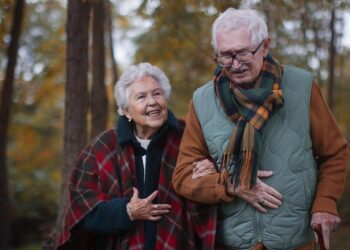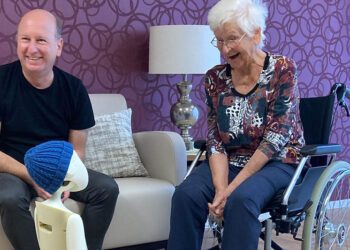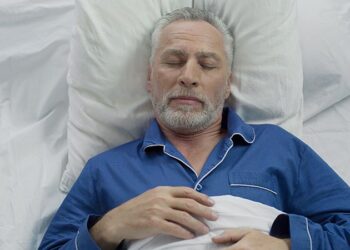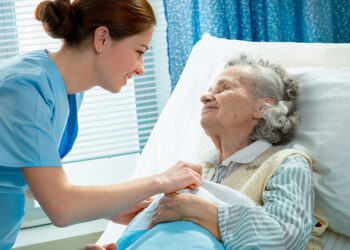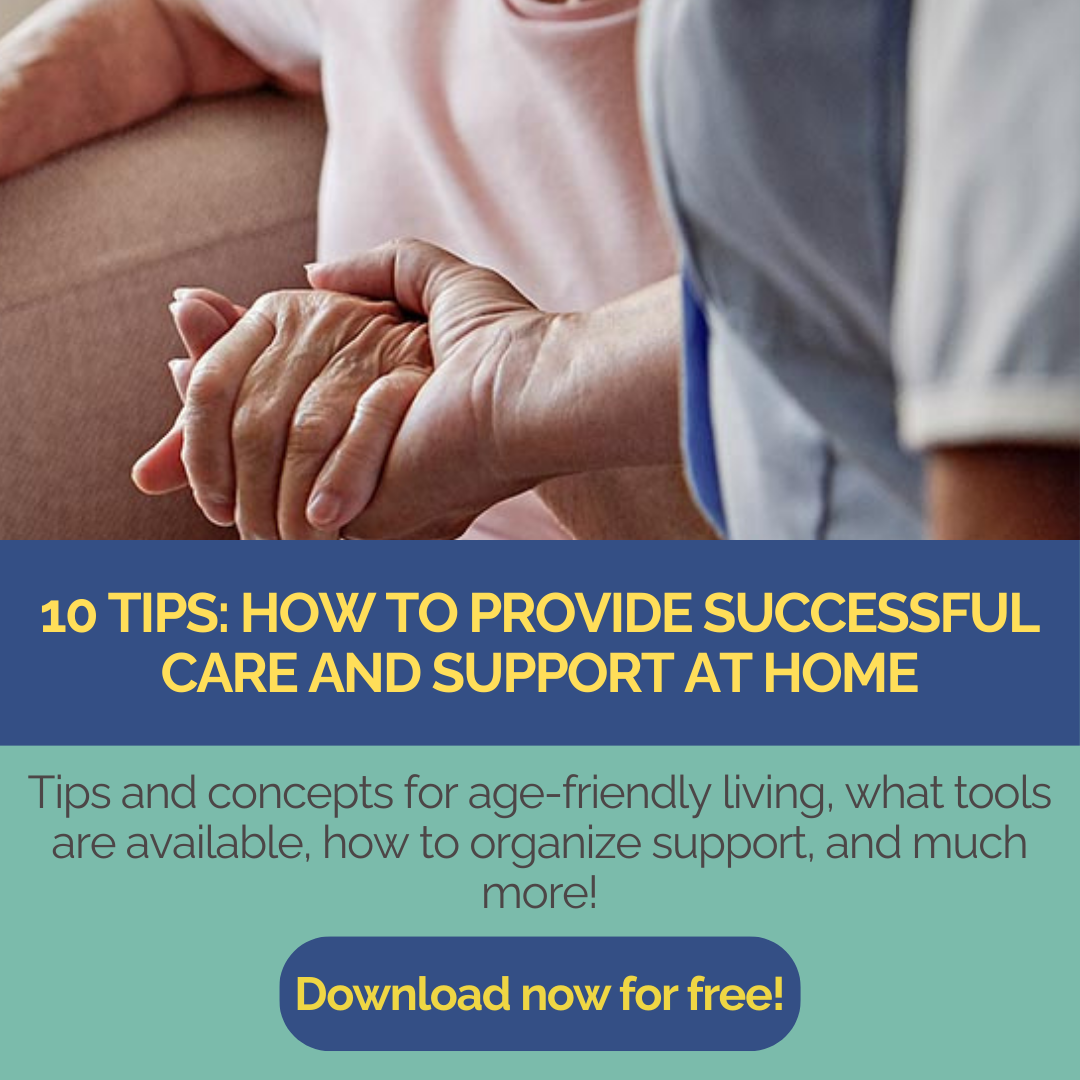In its new discussion paper “Concepts for a new medicine in an ageing society”, the German National Academy of Sciences Leopoldina calls for nothing less than a paradigm shift: away from the pure treatment of diseases and pure “repair medicine” towards a medicine that understands and influences the ageing process itself and thus extends healthy life years.
Because one thing is becoming increasingly clear: ageing is not only a natural process, but also a major risk factor for almost all chronic diseases. With increasing age, the body’s ability to control and regulate cellular processes decreases. As a result, more and more errors occur in cell repair, for example.
These malfunctions are often the cause of cardiovascular diseases, cancer, dementia, diabetes or muscle atrophy – all of which occur more frequently with increasing age. The Leopoldina therefore advocates understanding ageing as a central medical challenge and conducting targeted research into how this process can be slowed down or positively influenced.
What does the Leopoldina propose in concrete terms?
The first recommendation is that medical research and care should treat ageing itself as a central target of investigation. Instead of dealing with diseases after they have already occurred, the focus should be on the biological processes that often precede these diseases.
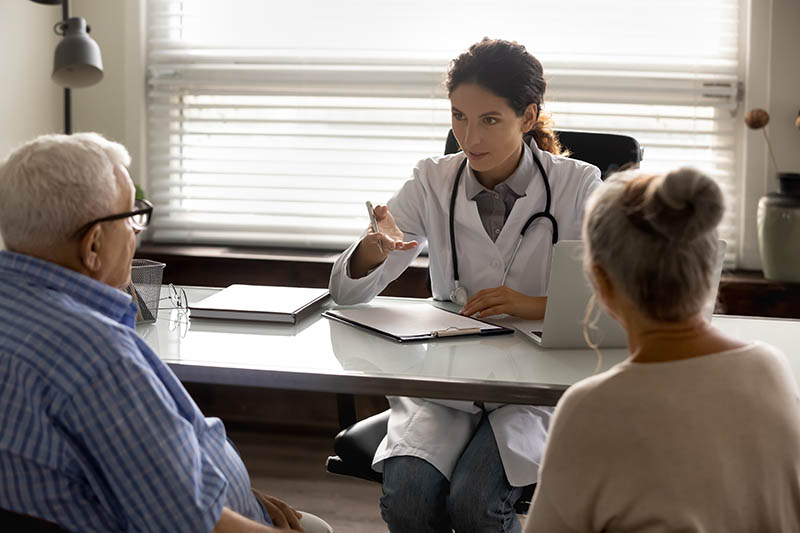
A second important point is the establishment of an interdisciplinary research network that combines various scientific disciplines such as biology, systems medicine, genetics, gerontology and data science. Only through this close collaboration can the complex relationships between ageing, environment, lifestyle and genetic make-up be truly understood.
The paper also advocates the creation of comprehensive biomarker and multi-omics databases. By analyzing genes, proteins and metabolic products, the so-called biological age of each individual is to be made more measurable and thus also medically influenceable. These findings could be pooled in a Germany-wide biodatabase and used for research and prevention.
In this context, general practitioners should focus more on prevention in future and use these biomarkers to identify at an early stage which patients have an increased risk of certain age-related diseases. This would allow individual prevention plans to be developed – a concept that goes far beyond traditional health advice.
New therapeutic approaches also play a role. The Leopoldina recommends systematically testing known drugs (e.g. against high blood pressure or diabetes) for their effect against age-related cell changes. In addition, promising approaches such as cellular reprogramming, in which ageing processes in cells can be reversed, should be further developed in a targeted manner.
What role do we ourselves play, and what role does technology play?
If ageing is no longer seen as an unavoidable fate, but as a process that can be influenced, this will have an impact on our understanding of medicine, personal responsibility and prevention. Data is needed to detect diseases as early as possible, but this data must first be collected.
A first aspect concerns the integration of sensor technology: Smart assistance solutions can already use data to detect a deterioration in general health or medical status – long before the medical or nursing staff notice these changes. This begins with poorer sleep and getting up at night due to suddenly more frequent trips to the toilet and extends to the rapid detection of weight loss and more frequent falls in the home. If changes are recognized quickly, medication and therapies can be adjusted more quickly and illnesses can be detected more quickly.
Digital monitoring still has a hard time on the German-speaking market: these systems are currently fighting for a place on the market. They are becoming increasingly important, as the shortage of specialists means that existing staff need the best possible support in their work. And it also prevents suffering among those affected, as illnesses can be treated quickly and, in the best case, prevented.
These monitoring systems are already in use today, especially in remote regions of the world: Providers such as the Canadian company Cloud DX offer medical e-healthcare and monitoring for neurological and cardiac diseases, diabetes and heart disease, for example. There is no other way to provide medical care in sparsely populated areas such as Canada or Australia – even if the nearest hospital is several hundred kilometers away. The data is uploaded to a cloud, where it is processed and an immediate response is made if the condition deteriorates.
Secondly, the architecture of housing and living itself becomes part of prevention. Living spaces that promote movement, social activity, good air and light conditions and mental stimulation have been proven to help maintain health and independence. Age-friendly refurbishment becomes not just a comfort measure, but a real contribution to extending life.
Thirdly, the concept of individualized healthcare offers an opportunity for housing projects with associated care or medical support. If biomarker-based recommendations become the norm, housing and care concepts can be adapted accordingly – be it through digital assistance systems, nutritional recommendations or targeted exercise programs.
Last but not least, the proposal for a central biodatabase also opens up new possibilities at neighborhood level. If anonymized data is collected from digital living environments, regions can better understand where health risks are increasing – and take more targeted action to counteract them.
Healthy ageing does not start in hospital
The Leopoldina paper rightly calls for a radical rethink in research and medicine, but also among ourselves: instead of just treating illnesses with the help of “repair medicine”, in future the focus will be on ageing itself as a variable that can be influenced. Healthy ageing does not begin in hospital – it begins at home. And the earlier we start, the better.
About the Leopoldina
Founded in 1652, the German Academy of Sciences Leopoldina is a classic learned society with around 1,700 members from almost all scientific disciplines. It was appointed Germany’s National Academy of Sciences in 2008. In this function, it has two special tasks: Representing German science abroad and advising politicians and the public.
More about the Leopoldina and the discussion paper at Leopoldina.org and at idw Science Information Service
Author: Anja Herberth
Chefredakteurin



